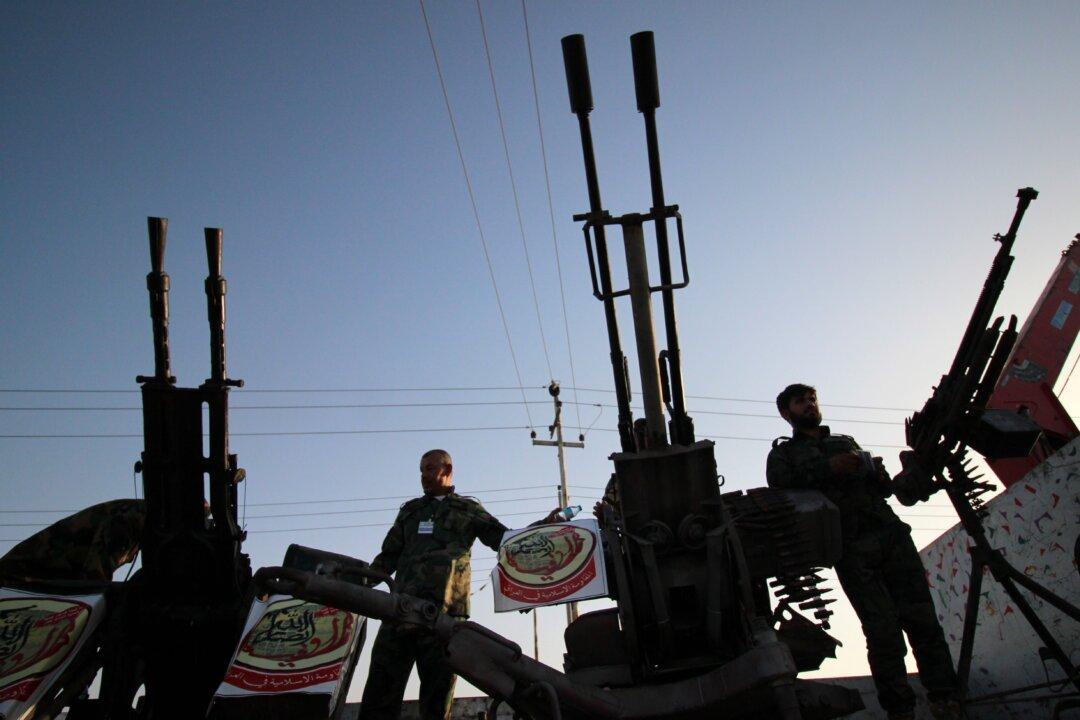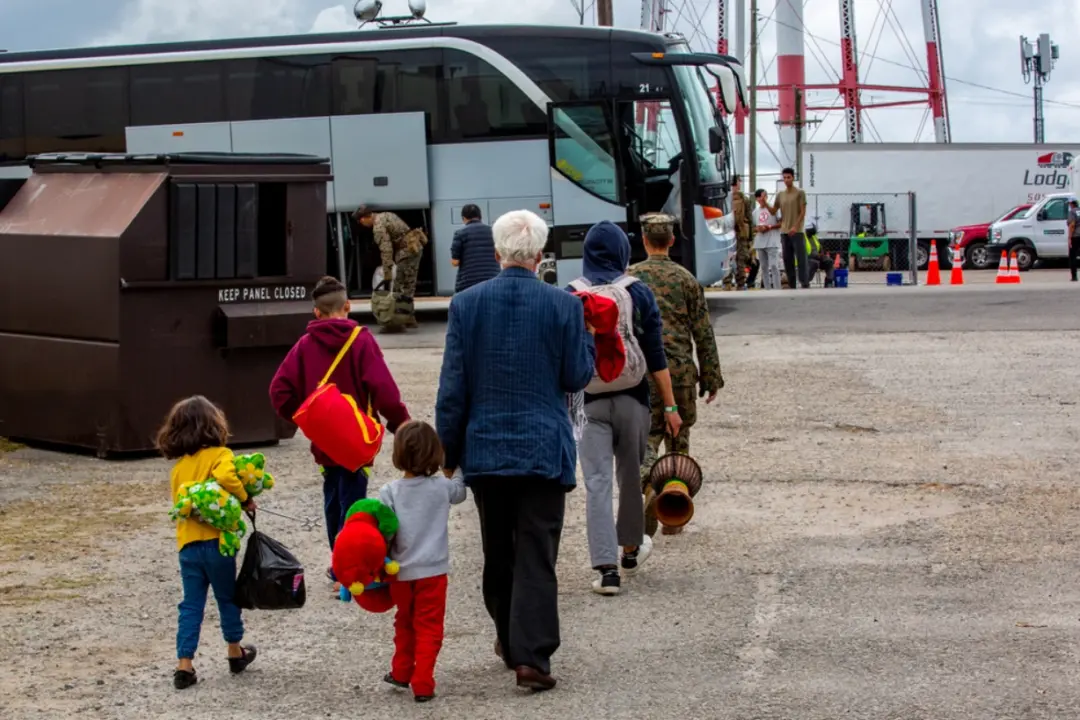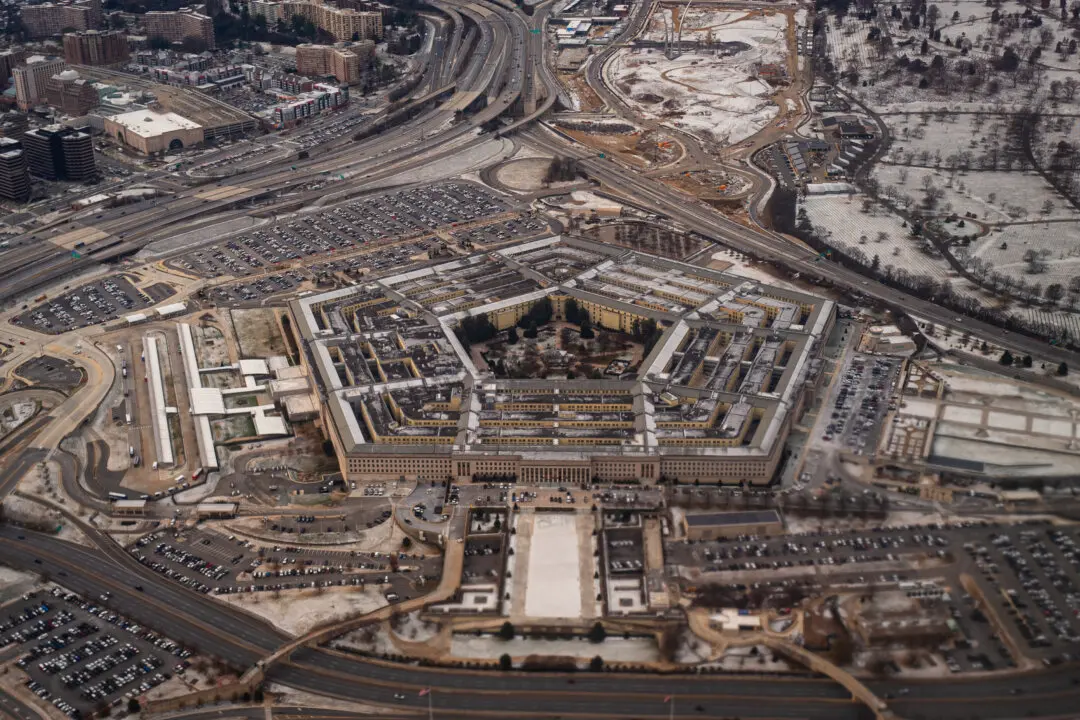The United States designated the Iraqi militia group Harakat Ansar Allah al-Awfiya (HAAA) as a terrorist organization on June 17 after linking the group to a deadly January attack.
The U.S. State Department announced it had named the Iraqi militia group and its secretary general, Haydar Muzhir Ma’lak al-Sa’idi, as Specially Designated Global Terrorists (SDGTs).





